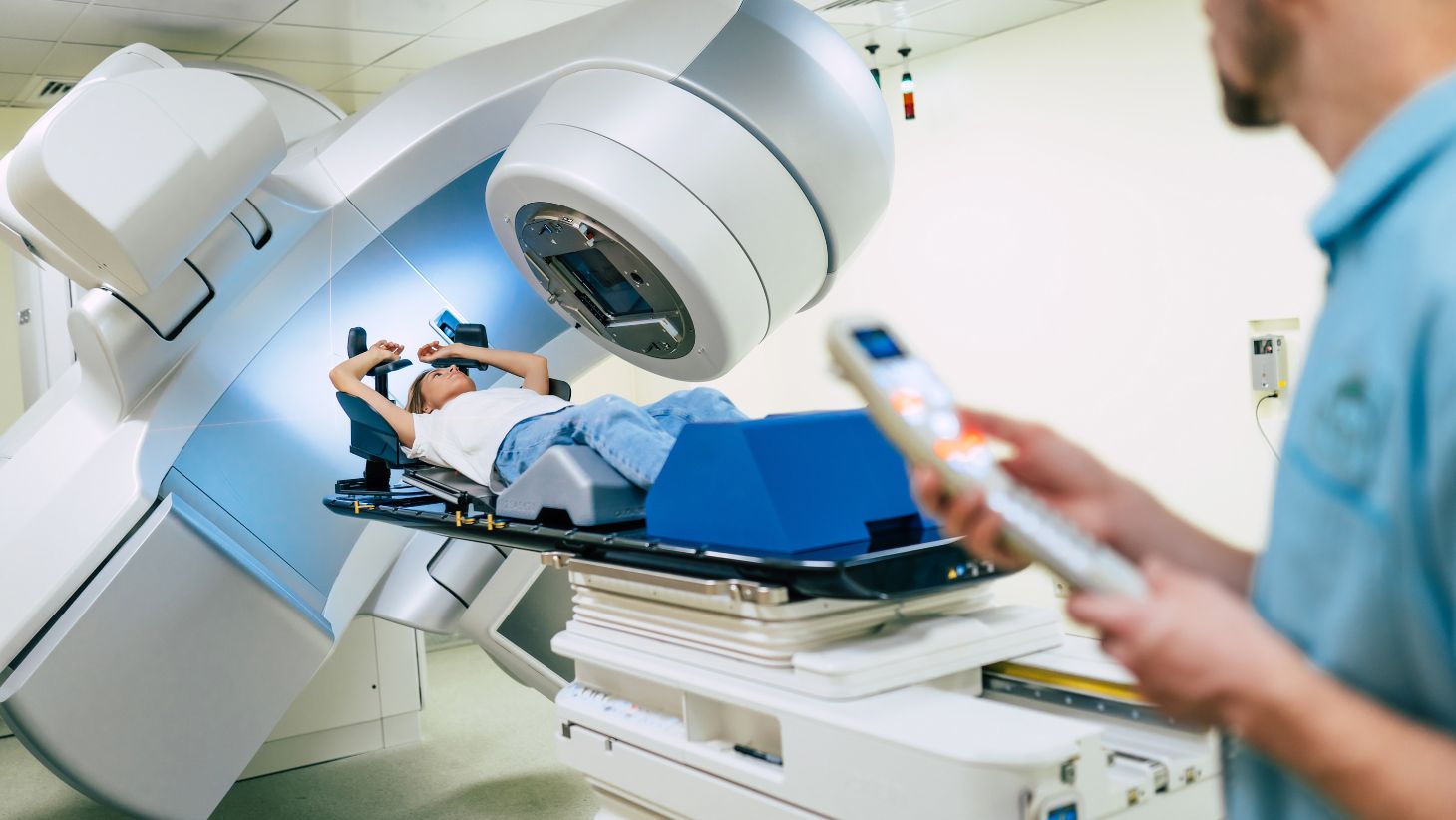What are the symptoms of pulmonary nodules?
Pulmonary nodules are small, round or oval growths in the lung that can be detected through imaging studies such as chest X-rays or CT scans. In many cases, pulmonary nodules do not cause symptoms and are often found incidentally during imaging for other conditions. However, if symptoms do occur, they may include:
- Chronic Cough: A persistent cough that doesn’t go away or changes in character.
- Shortness of Breath: Difficulty breathing or a feeling of breathlessness.
- Chest Pain: Discomfort or pain in the chest, which may be sharp or aching.
- Hemoptysis: Coughing up blood or blood-streaked sputum.
- Wheezing: A whistling or squeaky sound when breathing, which can occur if the nodule obstructs the airway.
- Unexplained Weight Loss: Significant or sudden weight loss without an obvious cause.
- Fatigue: General tiredness or lack of energy.
These symptoms can be associated with various conditions, not just pulmonary nodules, so it’s important to seek medical evaluation if you experience any of them. The presence of symptoms might prompt further investigation to determine the nature of the nodule and to rule out or confirm possible conditions, including benign causes or malignancy.
What are the causes of pulmonary nodules?
Pulmonary nodules can have a variety of causes, which are generally classified into benign (non-cancerous) and malignant (cancerous) conditions.
Benign causes of pulmonary nodules include infections, such as granulomas that form in response to tuberculosis or histoplasmosis, and abscesses that create pus-filled cavities in the lung. Inflammatory conditions like rheumatoid arthritis can lead to rheumatoid nodules in the lungs, while sarcoidosis can cause granulomas in various organs, including the lungs. Benign tumors such as hamartomas, which consist of an abnormal mix of cells and tissues, or adenomas, though rare, can also appear as nodules. Additionally, non-infectious inflammatory diseases like Pulmonary Nodular Lymphoid Hyperplasia (PNLH) can be a cause.
Malignant causes of pulmonary nodules include primary lung cancer, which may be either non-small cell lung cancer (NSCLC) or small cell lung cancer (SCLC). Metastatic cancer, where cancer from other parts of the body, such as breast cancer, colon cancer, kidney cancer, or melanoma, spreads to the lungs and forms nodules, is another possibility.
Other causes of pulmonary nodules include vascular conditions like pulmonary emboli, which are blood clots in the lungs that may sometimes appear as nodules, although they are usually irregularly shaped. Inhaled foreign bodies, such as metal or mineral particles, can also cause localized reactions that present as nodules. In some cases, nodules may form due to various less common or non-specific reactions.
Evaluating the cause of a pulmonary nodule typically involves additional diagnostic procedures, including imaging studies, biopsies, and a review of the patient’s medical history and symptoms, to determine the appropriate management.
What is the treatment for pulmonary nodules?
The treatment for pulmonary nodules depends on their size, appearance, and the likelihood that they are cancerous or benign. The approach generally involves monitoring, further testing, or intervention based on the nodule’s characteristics and the patient’s overall health. Here’s a summary of common treatment strategies:
Monitoring
- Watchful Waiting: For small nodules that appear benign and do not have concerning features, doctors may recommend regular follow-up with periodic imaging studies, such as CT scans, to monitor for any changes in size or appearance.
- Risk Assessment: The monitoring plan may be adjusted based on risk factors like smoking history, age, and personal or family history of cancer.
Diagnostic Procedures
- Biopsy: If a nodule has suspicious characteristics or grows over time, a biopsy may be performed to obtain a tissue sample for examination. Methods include:
- Needle Biopsy: A needle is used to remove a sample of tissue from the nodule, often guided by imaging techniques.
- Bronchoscopy: A thin tube with a camera is inserted through the mouth or nose to obtain a tissue sample from the nodule.
- Surgical Biopsy: In some cases, a surgical procedure may be needed to obtain a larger sample or remove the entire nodule for examination.
Treatment for Benign Nodules
- Observation: If a biopsy confirms that the nodule is benign and stable, no specific treatment may be necessary other than regular monitoring.
- Treatment of Underlying Conditions: If the nodule is due to an infection or inflammatory condition, treating the underlying cause (e.g., antibiotics for infections) may resolve the nodule.
Treatment for Malignant Nodules
- Surgical Resection: If the nodule is confirmed to be cancerous, surgery may be performed to remove the nodule or part of the lung where it is located. The extent of surgery depends on the size, location, and type of cancer.
- Radiation Therapy: Used for treating certain types of lung cancer, especially if surgery is not an option or as part of the treatment plan.
- Chemotherapy and Targeted Therapy: Systemic treatments used for certain types of lung cancer to kill cancer cells or target specific cancer pathways.
- Immunotherapy: Uses the body’s immune system to fight cancer and may be considered for certain types of lung cancer.
Additional Considerations
- Multidisciplinary Approach: Management of pulmonary nodules often involves a team of specialists, including pulmonologists, oncologists, radiologists, and surgeons, to ensure comprehensive care.
- Patient Health and Preferences: Treatment decisions are made considering the patient’s overall health, preferences, and potential risks and benefits of various treatment options.
Each case is unique, so a personalized treatment plan is developed based on the specific characteristics of the pulmonary nodule and the patient’s individual circumstances.

Leave a Reply
You must be logged in to post a comment.